He measures the sensitivity and resilience of forests to extreme events such as fire and drought. Gerard Codina (Sabadell, 1993) is currently focused specifically on studying forest communities in the Mediterranean basin, with the idea of developing methodologies that can be used to measure this resilience in other forests around the world that also suffer from these types of disturbances. His objective is thus to “determine the tipping point in the resilience of forests and to be able to anticipate the collapse of forest ecosystems,” explains this brilliant young researcher.
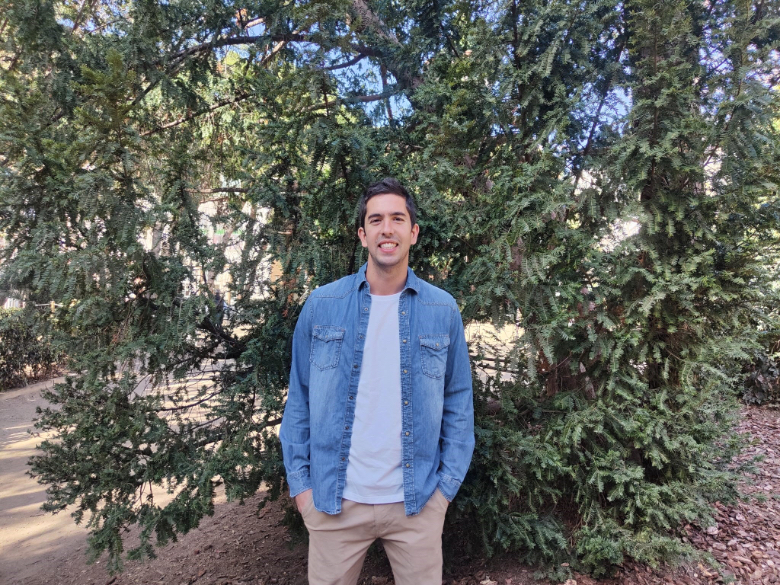
Last year, Codina received the “Impulsa Barraquer“ grant to study the resilience of Mediterranean forests as part of the EU’s Future Forest Fund programme, and is currently conducting research at the Centre for Ecological Research and Forestry Applications (CREAF) in Spain.
“We are trying to determine the tipping point in the resilience of forests and to anticipate forest collapse”
“I focus on studying the effects of forest fires that have occurred in the Mediterranean region of the Iberian Peninsula, generally in forests dominated by different species of pine, where most of the wildfires occur,” he explains. How does he do it? “By using the information available in the National Forest Inventories, which provide information over time from different forest plots distributed throughout Spain, we can see what these forests were like in the past, how they were affected by fire and what their current state is,” replies Gerard Codina. “With this information,” he continues, “we can calculate the resilience of these forests and relate it to different environmental variables in each location, such as the climate before and after the fire, soil characteristics, among others.”
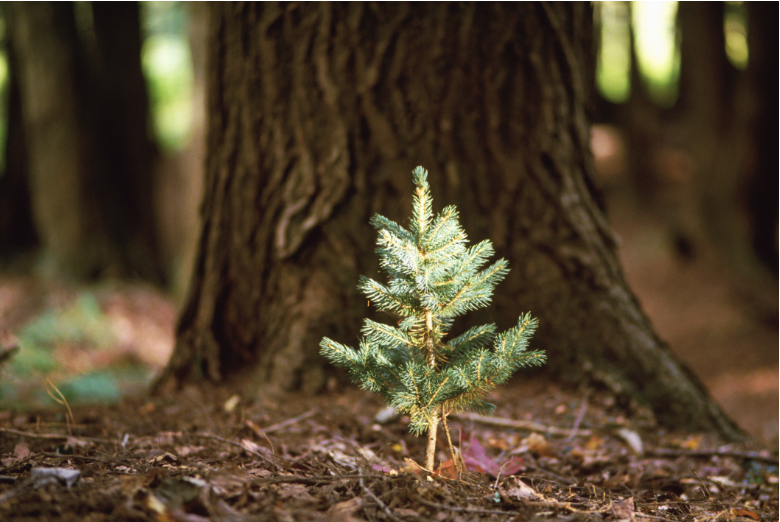
“The ultimate goal,” he adds, “would be to develop new tools for predicting how forests will respond to wildfire and the combined effect of these with other disturbances such as drought.” “These tools would be of great importance, especially in terms of management, to anticipate the impacts of climate change on forests and to implement strategies that contribute to the conservation of these ecosystems and prevent their loss and degradation.”
“The ultimate goal would be to develop new tools for predicting how forests will respond to wildfire and the combined effect of these with other disturbances such as drought”
The young researcher’s interest in nature began in his childhood. “As a child, I spent many hours at my grandmother’s house, who was passionate about plants and gardening,” he recalls. “I spent every afternoon after school playing in the garden, helping with the plants and exploring, looking for insects and learning from my grandmother.” His story is reminiscent of the early years of the author of My Family and Other Animals and The Garden of the Gods, the youngest of the Durrell brothers, Gerald, who would go on to become a famous naturalist and conservationist.
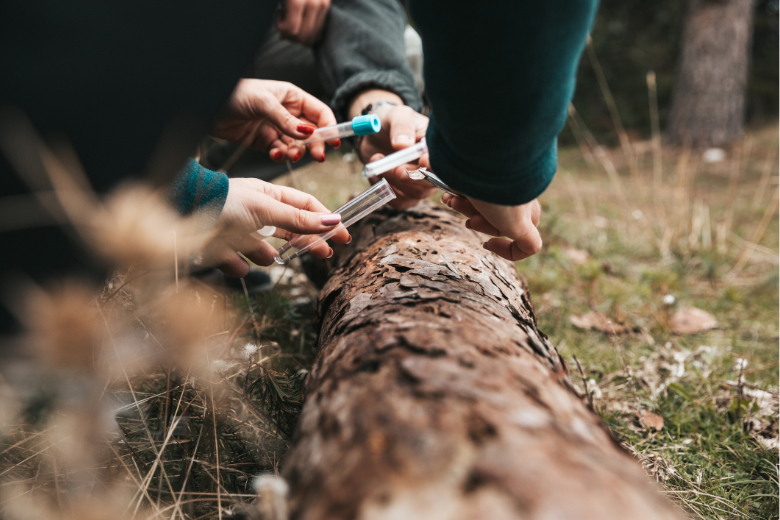
This led him, years later, to obtain a degree in Environmental Sciences from the Autonomous University of Barcelona and, later, a Masters in Biodiversity, specialising in Conservation Biology.
“Climate change is negatively affecting forests that are in principle adapted to the natural fire regime, pushing them to the limits of their resilience and making their future recovery impossible”
“In many ecosystems, such as those of the Mediterranean, fire is necessary for the proper functioning of the ecosystem,” explains Codina. However, he warns that climate change is altering the dynamics of fires, increasing their frequency and intensity. “More intense fires are not only more dangerous, but can also have a negative impact on forests that are in principle adapted to the natural fire regime, pushing them to the limits of their resilience and making their future recovery impossible.”
“The best approach would be to promote low-intensity fires, for example through controlled burning, without putting people or natural ecosystems at risk”
What is the solution? “Forest management should focus on minimising high-intensity fires, so as not to endanger the public or push the forest ecosystem to its limits, and measures should be adapted to the reality of each locality and situation.”
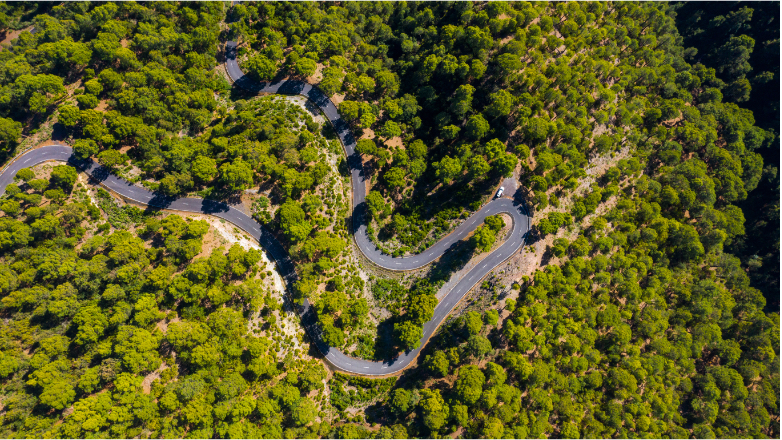
Given that fires are in many cases inevitable in the long term, Codina believes that “the best thing to do would be to promote low-intensity fires, for example through controlled burning, without putting people or natural ecosystems at risk.”
“Fires also accelerate changes in the landscape, favouring a transition towards plant communities adapted to more arid environments”
And he mentions an alarming trend they are observing in their research: “Some forested areas that have burned in recent years are not recovering”. The reasons? “On the one hand, there is the severity of the fire itself, which can limit the forest’s ability to recover. On the other hand, many of these forests were established in the past when climatic conditions were more optimal, but with climate change they are now facing a climate that is not so favourable, and this is limiting their ability to recover. “This suggests that the fires are also accelerating changes in the landscape, favouring a transition towards plant communities adapted to more arid environments,” he concludes.
“There is a tendency for some forested areas that have burned in recent years to no longer recover because the climatic conditions in which they were established have changed”
This expert believes that public awareness and participation are key to helping the sustainability of forests. And he gives an example of what he himself is doing as a citizen: “For years I have been working in a local environmental organisation, and during all this time we have been able to participate in our own conservation projects that have improved the ecological state of our territory, and we have also managed to contribute to some of the public policies on environmental issues in our surroundings, even stopping some projects that are really harmful to nature and the ecosystems of our region.”
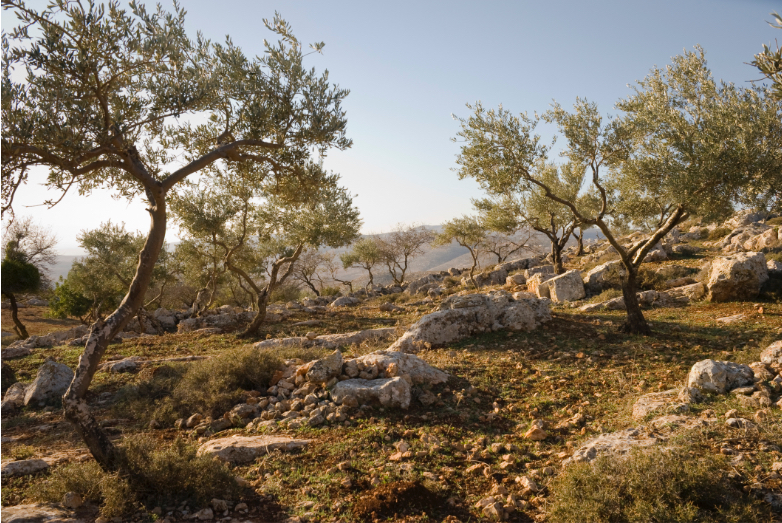
In other words, he’s a sort of Gerald Durrell, who, like him, stresses the importance of outreach: “It is also the responsibility of researchers to make an effort to ensure that their studies reach the general public”. Hence this interview.
Susana Pérez de Pablos
Crédito foto principal: Artur Debat/Getty Images.
Comments on this publication